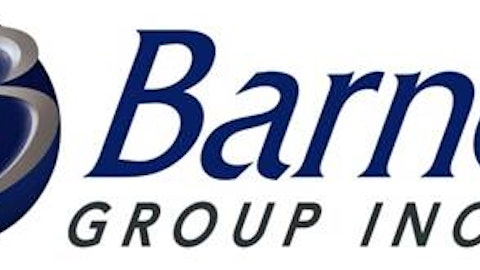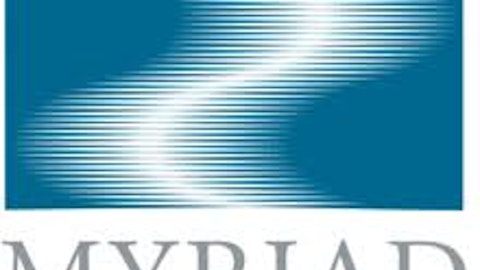Amazon Web Services (AWS) will be a hard competitor to beat. AWS may be so powerful that it could be one of the reasons why Red Hat’s negative momentum improved in the past six months. And, while Red Hat may target different clients than AWS, the truth is that many companies are considering moving their operations from private cloud environments (where Red Hat is a must-have) to AWS. Notice also that, according to Morgan Stanley, AWS is expected to increase from 0.6% of workloads to 2.3% in the next three years, which implies less pricing power for Red Hat and a fierce fight for customers.
That being said, we at least can be sure that Red Hat and its storage solutions will continue being the best choice for many federal organizations and financial institutions. Therefore, fierce competition may cause further deceleration in revenue growth rate, but not enough to cause revenue levels to decrease y/y. The fact that, unlike Rackspace, Red Hat is not completely exposed to the risks and rewards that the cloud storage arena brings makes the stock more attractive.
At any rate, further deceleration in revenue is probably the worst scenario, considering that Red Hat happens to keep an ace up its sleeve: Red Hat Open Stack, which will be included in its operating system very soon. Open Stack can be thought as a product specifically designed to compete against AWS, an open source project for building either a public or private cloud running on standard hardware.
Interestingly, Open Stack has one more backer: Rackspace Hosting, Inc. (NYSE:RAX). Like Red Hat, Rackspace’s stock performance has been poor in the past 12 months, as the company continues facing pricing pressures in its hosting solutions. But, Rackspace and Red Hat have more than one thing in common: both are suffering the consequences of Amazon.com, Inc. (NASDAQ:AMZN) Web Services. Therefore, it makes sense that they are together in the same project. They are competitors, but at the same time they realize the benefits of cooperating to develop top quality open source technology. Will Open Stack manage to drive significant revenue in the next quarters? I believe the product is superior to AWS, but we may not see any revenue effect soon. Open Stack needs time to get some relevant market acceptance. But, once it gets this, it could become the leading open source cloud computing platform standard, and bring significant revenue to Rackspace and Red Hat.
The bottom line
It is too early to make any final conclusions about the success of Open Stack. But, precisely because it is too early, this could be an excellent moment to be long in Red Hat. The stock price is close to its 52-week low and the overall atmosphere is bearish, which suggests that the Street does not believe in Red Hat’s potential to become a leading cloud computing company by 2015. However, Red Hat is taking concrete steps toward that goal. Furthermore, a better macroeconomic environment, the launch of RHEL 7, and Open Stack are all strong reasons to believe Red Hat’s revenue growth is about to see some acceleration in the next months.
The article Red Hat: The Good, the Bad, and the Ugly originally appeared on Fool.com and is written by Adrian Campos.
Adrian Campos has no position in any stocks mentioned. The Motley Fool recommends Amazon.com and Rackspace Hosting (NYSE:RAX). The Motley Fool owns shares of Amazon.com. Adrian is a member of The Motley Fool Blog Network — entries represent the personal opinion of the blogger and are not formally edited.
Copyright © 1995 – 2013 The Motley Fool, LLC. All rights reserved. The Motley Fool has a disclosure policy.





